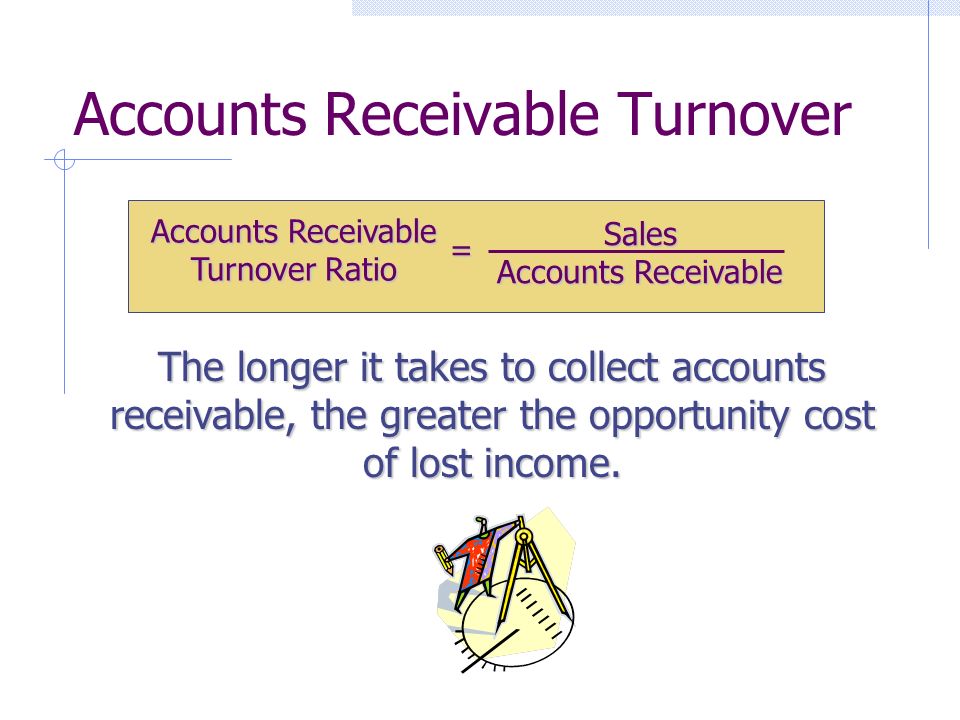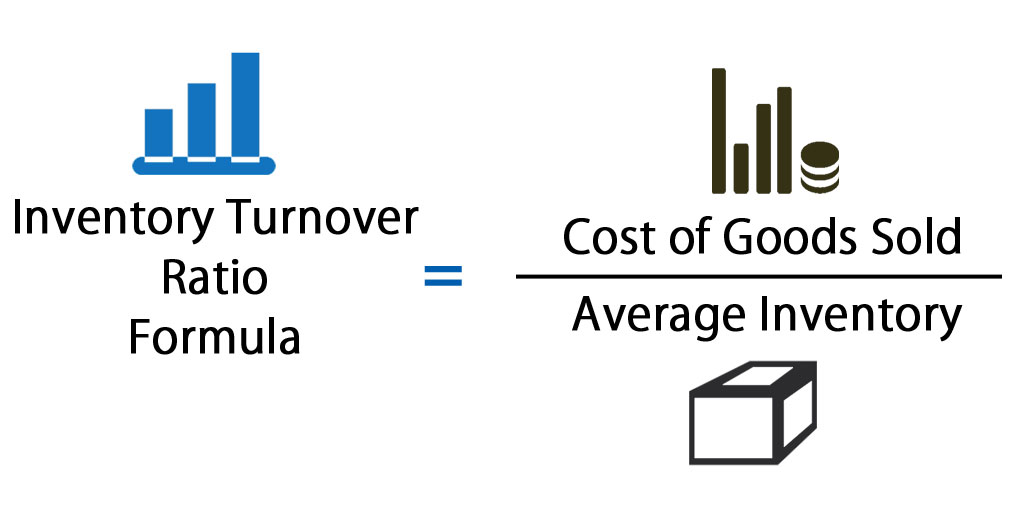
Your customers pay quickly or on time, and outstanding invoices aren’t hurting your cash flow. Calculating your accounts receivable turnover ratio can help you avoid negative cash flow surprises. Knowing where your business falls on this financial ratio allows you to spot and predict cash flow trends before it’s too late. While a higher accounts receivable turnover is generally positive, an extremely high ratio could suggest overly strict credit policies. To calculate net credit sales, simply deduct sales returns and allowances from total credit sales.
Limitations for Investors
It is a quantification of a company’s effectiveness in collecting outstanding balances from clients and managing its line of credit process. Think of an Accounts Receivable Turnover Ratio Calculator as a financial detective, uncovering how efficiently your business collects payments from its customers. This ratio measures free proforma invoice template how often a company collects its average accounts receivable during a period, giving you a snapshot of how effectively your business is managing credit and collecting payments. It’s like a report card for your company’s receivables—one that helps you spot potential issues before they turn into major headaches.
Receivables Turnover Ratio: Formula, Importance, Examples, and Limitations

The Accounts Receivable Turnover Ratio measures how often a company collects its average accounts receivable during a specific period. It helps assess the efficiency of a company’s credit and collection processes. Net credit sales is the revenue generated when a firm sells its goods or services on credit on a given day – the product is sold, but the money will be paid later. To keep track of the cash flow (movement of money), this has to be recorded in the accounting books (bookkeeping is an integral part of healthy business activity). This legal claim that the customers will pay for the product, is called accounts receivables, and related factor describing its efficiency is called the receivables turnover ratio.
Our Team Will Connect You With a Vetted, Trusted Professional
- This income statement shows where you can pull the numbers for net credit sales.
- The faster you catch a missed payment, the faster (and more likely) your customer can pay.
- If you own one of these businesses, your idea of “high” or “low” ratios will be vastly different from that of the construction business owner.
- If you are an investor considering investing in a company, you should check its account receivable turnover ratio and look for a high ratio.
- If the accounts receivable turnover is low, then the company’s collection processes likely need adjustments in order to fix delayed payment issues.
It calculates the number of times accounts receivable are collected and replaced within a specific period, usually one year. The Accounts Receivable Turnover Ratio is a financial metric used to evaluate how efficiently a company is collecting payments owed by its customers. It measures the number of times a company turns its accounts receivable into cash over a specific time period, typically a year. Let’s say your company had $100,000 in net credit sales for the year, with average accounts receivable of $25,000. To determine your accounts receivable turnover ratio, you would divide the net credit sales, $100,000 by the average accounts receivable, $25,000, and get four.
Accounts Receivables Turnover Ratio is an important factor when securing a business loan. And create records for each of your vendors to keep track of billing dates, amounts due, and payment due dates. If that feels like a heavy lift, c life, consider investing in expense tracking software that does the organizing for you. 80% of small business owners feel stressed about cash flow, according to the 2019 QuickBooks Cash Flow Survey .
How is accounts receivable turnover in days calculated?
This way you will decrease the number of outstanding invoices in your books resulting in an increased receivable turnover ratio. While the receivables turnover ratio can be handy, it has its limitations like any other measurement. The business may have a low ratio as a result of staff members who don’t fully understand their job description or may be underperforming.
Since we already have our net credit sales ($400,000), we can skip straight to the second step—identifying the average accounts receivable. Now that you understand what an accounts receivable turnover ratio is and how to calculate it, let’s take a look at an example. Therefore, it takes this business’s customers an average of 11.5 days to pay their bills. We calculate the average accounts receivable by dividing the sum of a specific timeframe’s beginning and ending receivables (most frequently months or quarters) and dividing by two. Businesses that complete most of their purchases by extending credit to customers tend to use accrual accounting, as it accounts for earned income that has not yet been paid.
The accounts receivable turnover ratio serves as a convenient tool for promptly assessing collection efficiency, but it does possess certain limitations. If you have some efficient clients who are always on time with their payments, reward them by offering some discounts which will help attract more business without affecting your receivable turnover ratio. Assuming that this ratio is low for the lumber industry, Alpha Lumber’s leaders should review the company’s credit policies and consider if it’s time to implement more conservative payment requirements. This might include shortening payment terms or even adding fees for late payments. The receivables turnover ratio shows us that Alpha Lumber collected its receivables 11.43 times during 2021.
If you own one of these businesses, your idea of “high” or “low” ratios will be vastly different from that of the construction business owner. In this guide, we’ll break down everything you need to know about what a receivables turnover ratio is, how to calculate it, and how you can use it to improve your business. Calculate the average accounts receivable by adding the beginning and ending balances and dividing by two. Input these figures into the calculator, and it will provide you with a ratio that shows how efficiently your business is collecting its receivables. The next step is to calculate the average accounts receivable, which is $22,500. Use the Accounts Receivables Turnover Ratio Calculator to calculate the the quality of receivables and credit sales, the higher the Turnover Ratio, the better the collection frequency of credit sales.
Leave a Reply